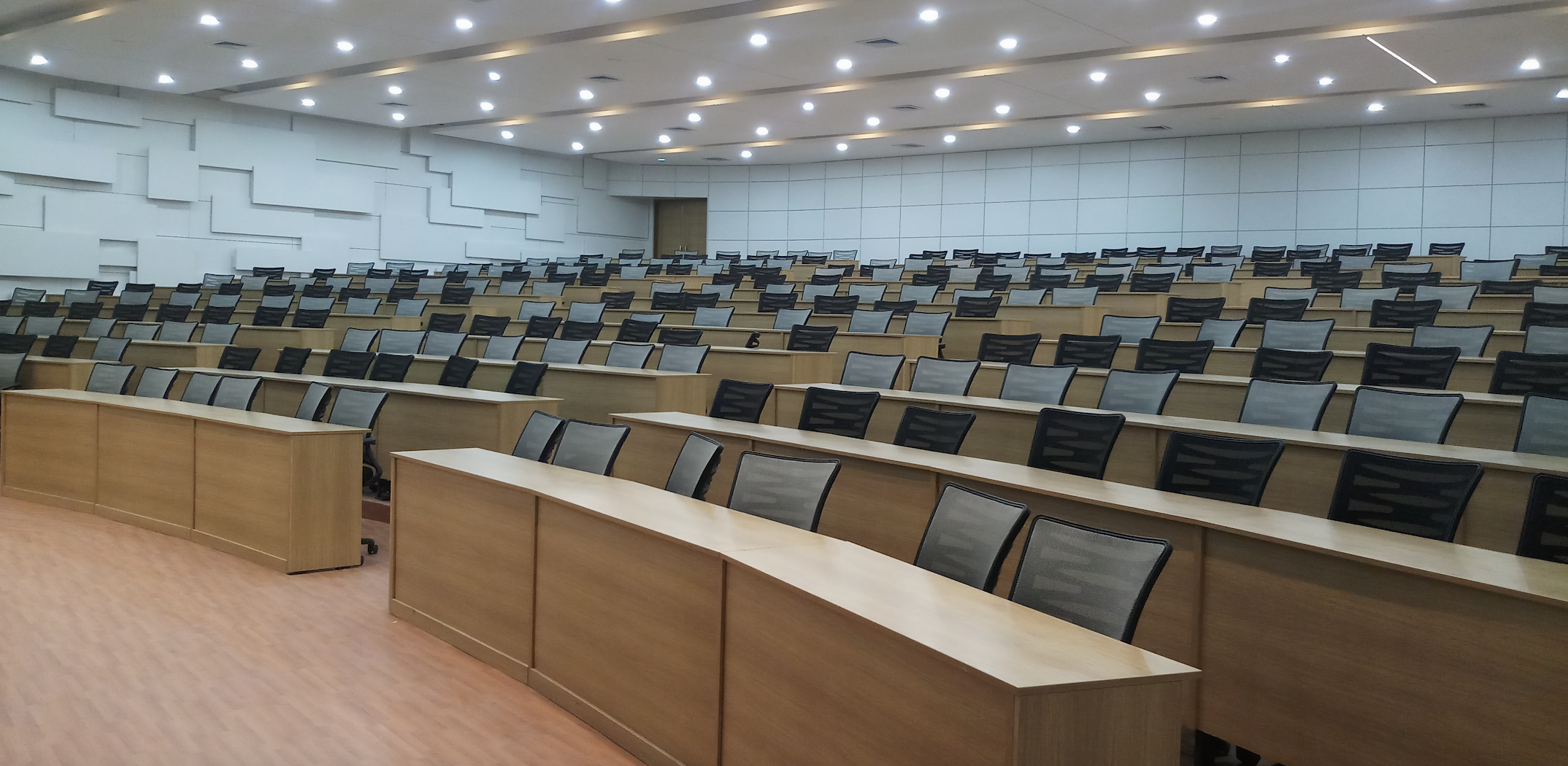
The objective of the course is to prepare students to be able to explain the principles of recognition of bone injuries and dislocation.
Apply suitable methods to detect and manage common infections of bones and joints; identify congenital, skeletal anomalies and their referral for appropriate correction or rehabilitation; recognize metabolic bone diseases as seen in this country and explain etiogenesis, manifestations, and diagnosis of neoplasm affecting bones.
As the students complete their undergraduate course, they will be able to detect sprains and deliver first aid measures for common fractures and sprains and manage uncomplicated fractures of clavicle, Colles' forearm, phalanges etc; use techniques of splinting, plaster, immobilization etc.; manage common bone infections, learn indications for sequestration, amputations and corrective measures for bone deformities; advise aspects of rehabilitation for Polio, Cerebral Palsy and Amputation and perform certain orthopaedic skills, provide sound advice of skeletal and related conditions at primary and secondary health care level.
Few of the other activities that students involve in are seminar presentation, journal reviews, case presentations, and ward record maintenance. The clinical acumen and skills are frequently developed through regular lectures, seminars, journal clubs, group discussions and clinical meetings.
The teaching programme at post graduate level includes basic sciences related to Locomotor system; development, histology of bone, cartilage, collagen, muscles and nerve; Physiology of bone, carliage, muscle & nerve; Surgical pathology related to bones, cartilage, muscle, collagen & nerve in various congenital affections, infections, Tumours and timorous conditions and metabolic affections; Orthopaedic diseases; general principles of Surgery and Traumatology; exposure to surgical techniques & surgical approaches to various regions to manage common infection, tumour, joint diseases, different type of trauma, congenital, neurological and miscellaneous conditions; principles of Arthroscopy microsurgery & Arthroplasty; Orthotics & Prosthetics, disability calculation, Bio-mechanics of gait, splints; thesis for degree course; undergraduate teaching in clinical methods and adequate experience in closed reduction of various fractures, major operation, independent operative management of common orthopaedic condition.
The department has got two units, each accommodating thirty patients. It also has a dressing room, a seminar hall, computer laboratory, a library, a plaster room, physiotherapy department and an operation theatre
• The department has a Dexa, portable X-ray machines, all types of orthopaedic splints, Balkan's frame, water beds, physiotherapy instruments (automatic and manual CPM, SWD, SUSG massage, wax bath, infrared, all types of orthosis, walkers and crutches).
• The departmenthas a 24-hour run emergency O.T., O.P.D. from 9:00am to 4:00pm and Physiotherapy department with all facilities and a routine operation theatre fully equipped with advanced machinery.
• The operation theatre has C-arm, arthroscope, hydraulic O.T. table with all traction attachments, audio- visuals for postgraduate teaching, central oxygen, nitrous oxide, air, and vacuum lines.
• Operations performed include total Knee Replacement(TKR), Total Hip Replacement(THR), Ilizarov's procedure, all spinal surgeries(cold and trauma), Total Elbow Replacement, all types of diagnostic and operative Arthroscopic surgeries, and many other cold and trauma Orthopaedic surgeries are done here.